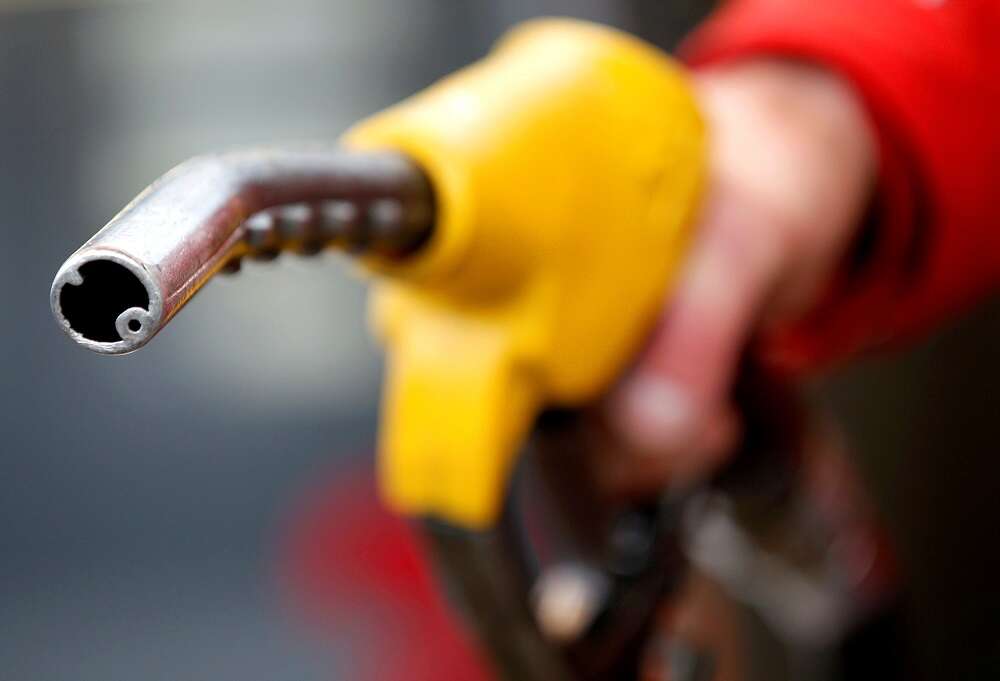By Ashiss Kumar Dash, EVP, Industry Head for services, Utlities, Resources, Energy, Infosys.
Fuel prices are soaring.
The Ukraine crisis for one is disrupting the global supply chain, transport costs are escalating and rising inflation across the globe are just a few of the challenges causing prices to climb.
As countries such as Germany attempt to diversify their energy mix, oil and gas continue to be vital to supporting base load and supply as capability and capacity for new energy sources takes time to establish.
As many look to renewables as a remedy to the crisis, there’s great optimism. However, even with the significant investments from energy organizations and governments alike, renewables only account for a small fraction of the current energy output, and while some of the supporting technologies are still in their infancy renewables continue to be intermittent and unreliable as a sole energy source.
In reality, these issues are only going to continue. While there is no quick fix, the technologies and initiatives energy organizations embrace today could drive long-term stability in a notoriously turbulent industry well into the future.
Empowering Consumers to Take Control
When we take a step back from the urgency, we have to remember that in the energy infrastructure business things take time. While many organizations are seeking out the short-term solutions to help bring down the cost of energy for the everyday consumer, the fundamental challenge of trying to pivot too quickly and overloading the grid is ever-looming.
The remedy is twofold: Empower consumers with the knowledge and tools to manage their usage and ultimately manage demand, and secondly transform the nature of the grid in the long term through diversification, smart grid solutions and innovative technologies such as long duration energy storage. Overall, this will promote grid reliability, resilience, and safety.
So just how can organizations manage consumer demand?
In the past few years, some consumers have finally been able to achieve a level of self-sufficiency through government initiatives such as solar and heat pump programs. Incentives such as the UK’s green deal continue to provide opportunity for consumers to ‘live off the land’, though the intermittence of power often leads to the necessity of a secondary energy source to ensure reliability.
Tech incentives that leverage the Internet of Things are a fantastic solution. Offering households the ability to audit and analyze consumption, consumers can make informed decisions about when and how to use energy through tech such as smart meters and thermostats. As more energy providers enter into partnerships with companies such as Nest and become the ‘third party’, we’re seeing greater consumer consciousness and demand controls at home helping to drive down household spend as well as easing the pressure on peak load times.
In the future, as energy capture and storage technologies mature, consumers could also play a vital role in load management via storage capacity installed at the customer’s home. During off-peak periods, storage would be filled by the utility and then drawn down by the consumer in the next peak-period. As the system allows savings in generation capacity costs, utilities would even be incentivized to cover storage costs driving down household bills.
Transforming The Grid for the Long-Term
On the other side of the coin, the transformation of utilities and energy companies will play a vital role. By 2035 organizations in every industry, not just Energy and Resources, will be operating in a vastly different energy landscape, and time is of the essence to prepare the infrastructure and technology to manage the volatility of energy demand, prices and output.
If the past few years have taught us anything it’s that we don’t know exactly how things are going to play out. So, as we think about the future of energy and the grid, we have to do a better job at scenario planning – preparing for multiple and equally possible versions of the future, and this should be a core element of every energy organization’s strategic process. This will help us answer and address questions such as “How could shifting some demand to electric vehicles improve demand and supply while taking into consideration the need to navigate ongoing semiconductor and supply challenges?”
Digital transformation will of course be pivotal to the future of the grid and modernization. Integrating smart grid solutions will help us not only reduce fuel costs by providing energy based on demand and production vs consumption, but it will also ensure the seamless and reliable integration of diverse energy sources reducing emissions. Keeping the grid safe and secure has to be a fundamental principle in reimagining the future. Realizing the smart grid will not come without it’s challenges however.
A comprehensive grid modernization initiative would require rate increases that are unsustainable for customers without substantial government subsidies. Therefore, it is imperative for utilities to prioritize their grid modernization investments and develop a long-term plan for continuously improving the maturity of their grid in order to cope with changing load profiles. This plan should be centered around defining the capabilities, understanding the dependencies and risks and ultimately prioritizing the delivery of these based on business impact and the resulting consumer cost.
Slow and Steady Wins the Race
While the embrace of digital will take the energy industry time, the results will ensure greater reliability in supply and lower costs for consumers and utilities against the backdrop of a drastically different energy landscape in the next 10 years.
In the short-term, the industry must bootstrap initiatives to support customers take control of their energy consumption and costs through greater transparency and clarity to alleviate the mounting pressures on households around the world.
